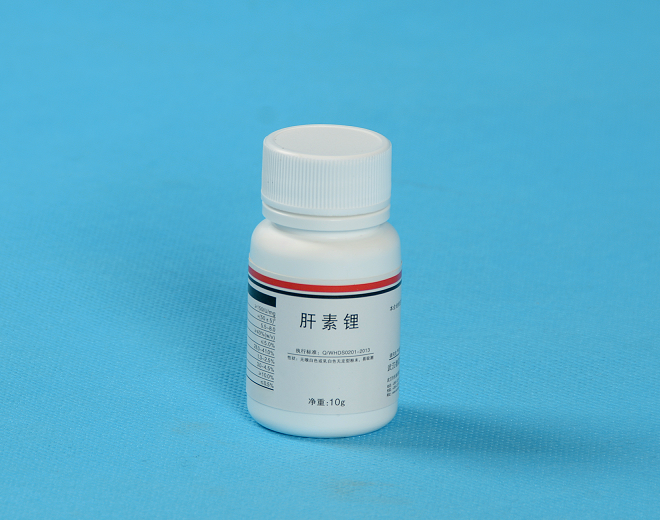| Message: | Lithium heparin and sodium heparin both have anticoagulant effects in clinical practice, mainly used for thromboembolic diseases, myocardial infarction, cardiovascular surgery, cardiac catheterization, extracorporeal circulation, hemodialysis, etc. Because the combined ions are different, so Its dissociation degree is different, and the effect of lithium heparin is better than that of heparin sodium.
In the detection of pH, blood gas, electrolytes and calcium ions, heparin is the only anticoagulant that can be used, and lithium heparin has the least possibility of interference when detecting non-lithium ions, so it is recommended to use heparin lithium as an anticoagulant At present, in blood tests, lithium heparin is gradually replacing heparin sodium.
For biochemical examination of patients after hemodialysis
The blood sample of a patient after hemodialysis is a special sample faced by many hospital laboratory departments, and many inspectors often feel helpless when facing such samples. This is because dialysis patients use heparin-containing anticoagulant drugs such as low molecular weight heparin calcium during hemodialysis. At this time, because the blood contains a certain amount of heparin anticoagulant drugs, the blood is placed in a common tube or separation gel after the blood is drawn /The coagulant tube is extremely difficult to coagulate, and it is difficult to separate the serum.
For routine biochemical testing
Research results show that most routine biochemical test items can use lithium heparin anticoagulated plasma instead of serum, but plasma reference ranges should be established for Glu, K+, Na+, CI-, P3-, and serum reference ranges can be used for other items to interpret plasma test results; Lp( a), PA, HBDH, LDH, CK, CKMB, IgM and other items should not be measured with lithium heparin anticoagulated plasma samples. Plasma Lp(a) increases with the increase of heparin concentration. |
 my account
my account
 log out
log out
 my account
my account
 log out
log out
